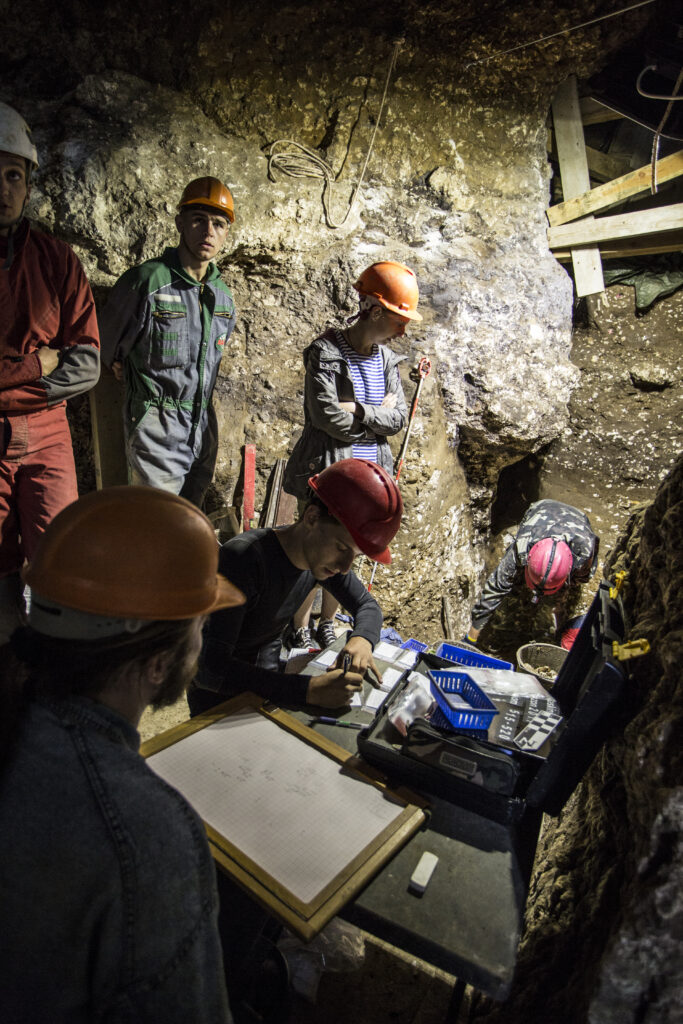
Pat.235596 Sposób oceny zagrożenia i przewidywania wyrzutów gazów i skał w przestrzeni geologicznej
Twórca: Mariusz Orion Jędrysek
Profesor Mariusz Orion Jędrysek jest wieloletnim kierownikiem Zakładu Geologii Stosowanej, Geochemii i Gospodarki Środowiskiem, laureatem licznych nagród, członkiem wielu organizacji. Piastował stanowisko wiceministra środowiska oraz głównego geologa kraju.
Sposób oceny zagrożenia i przewidywania wyrzutów gazów i skał w przestrzeni geologicznej
Praca w kopalni wiąże się z szeregiem zagrożeń dla zdrowia i życia górnika. Obsługa ciężkich maszyn i sprzętu, niedobór światła, wysoka obecność pyłu czy nadmierny hałas to tylko niektóre z niebezpieczeństw z jakimi borykają się pracujący w kopalniach górnicy. Szczególnie niebezpieczne są zjawiska naturalne związane z ruchem górotworu takie jak zawały, oberwanie się stropu czy wyrzuty gazów i skał.
Aby zminimalizować ryzyko wypadku w kopalni prof. dr hab. Mariusz Orion Jędrysek z Wydziału Nauk o Ziemi i Kształtowania Środowiska opracował sposób oceny zagrożenia i przewidywania wyrzutów gazów i skał w przestrzeni geologicznej. Dla określonej przestrzeni mierzy się skład geochemiczno-izotopowy mieszaniny gazów kopalnianych zawierających gaz wybrany z grupy ditlenek węgla, metan, etan, propan, butan, pentan, heksan, azot, wodór, hel, tlenki siarki, siarkowodór, tlenki azotu, amoniak oraz para wodna i określa się stosunek zawartości izotopu cięższego do zawartości izotopu lżejszego badanego pierwiastka (13C/12C, 2H/1H, 3H/1H, 18O/16O, 15N/14N, 34S/32S) w uwalnianych gazach w przestrzeni. Nawet niewielka nieszczelność i migracja gazów o innej charakterystyce izotopowej wzdłuż stref spękań i powstających nieciągłości powoduje mierzalny efekt izotopowy i zmiany stężeń gazów. Oznacza to, że z dużym prawdopodobieństwem można ostrzegać załogi prowadzące prace podziemne o zbliżaniu się do strefy skał górotworu o wyjątkowo dużym nasyceniu gazami co może doprowadzić do katastrofalnego w skutkach wyrzutu gazów, a co za tym idzie i skał, a czasem także wybuchu gazów i pyłów. W przypadku przekroczenia zdefiniowanych wartości granicznych uruchamia się sygnał alarmowy, dzięki temu górnicy mają czas na opuszczenie stanowisk pracy. Dalsze obserwacje zmian parametrów geochemiczno-izotopowych są podstawą do podjęcia decyzji o powrocie ludzi oraz o wznowieniu prac górniczych.
